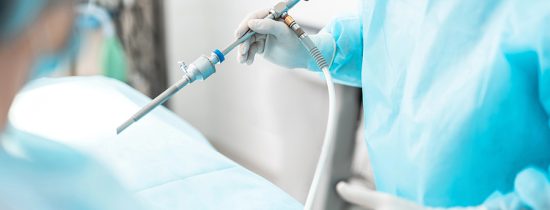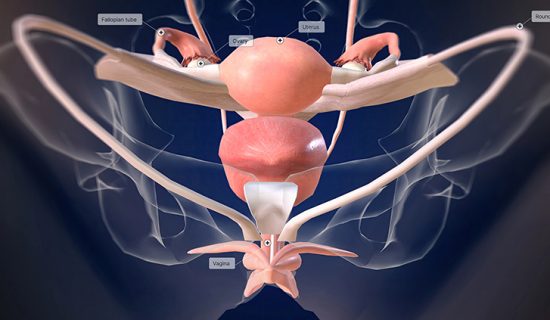A laparoscopy is a minimally invasive procedure that looks inside your stomach or pelvis. Healthcare providers use laparoscopies to diagnose medical conditions or perform surgery. Surgery using a laparoscope is called laparoscopic surgery. It’s generally safer than traditional surgery because it’s less invasive.
.
What is a laparoscopy?
A laparoscopy is a minimally invasive procedure your surgeon does to look for problems in your stomach or pelvic area. They use a tool called a laparoscope, which is a thin, telescopic rod with a video camera on the end. Your surgeon puts the laparoscope through a small cut (incision) in your belly (abdomen) measuring half an inch or less. Surgeons may make up to three more cuts to insert other surgical instruments so they can see all the organs in your belly and find any problems.
The laparoscope camera projects an image of the inside of your belly or pelvis onto a monitor in real time. Using these images, surgeons can watch their hand motions during the procedure.
Your healthcare provider might recommend a laparoscopy if other diagnostic tests can’t identify the cause of your condition. Healthcare providers also use laparoscopy to collect tissue samples (biopsies) for testing.
What is laparoscopy done for?
Traditional surgeries best suited for laparoscopic surgeries include:
- Cyst, fibroid, stone and polyp removals.
- Small tumor removals.
- Biopsies.
- Tubal ligation and reversal.
- Ectopic pregnancy removal.
- Endometriosis surgery.
- Urethral and vaginal reconstruction surgery.
- Orchiopexy (testicle correction surgery).
- Rectopexy (rectal prolapse repair).
- Hernia repair surgery.
- Esophageal anti-reflux surgery (fundoplication).
- Gastric bypass surgery.
- Cholecystectomy (gallbladder removal) for gallstones.
- Appendectomy (appendix removal).
Is a laparoscopy a major surgery?
Laparoscopy is a minimally invasive procedure, but that doesn’t always mean it’s a minor surgery. Many abdominal procedures can be done as laparoscopic surgeries, but they’re still major surgeries. Your surgeon is the best person to tell you if your procedure is a major surgery, how to prepare for it and what to expect during recovery.
What is the difference between laparoscopy and laparoscopic surgery?
Laparoscopic surgery is similar to a laparoscopy. But instead of looking for medical problems, your healthcare provider uses a laparoscope and surgical instruments to operate on your internal organs. People often use the terms interchangeably.
Healthcare providers use laparoscopies for many common surgeries. More complicated conditions may require traditional “open” surgery through a larger incision. But healthcare providers prefer laparoscopic surgery for a growing list of everyday operations because it costs less and improves surgical outcomes.



